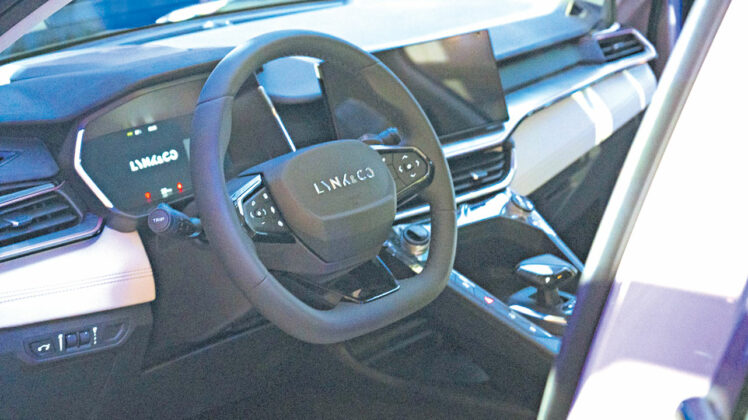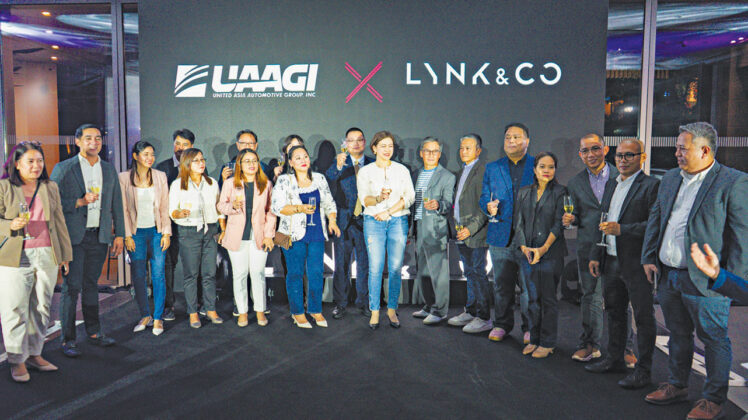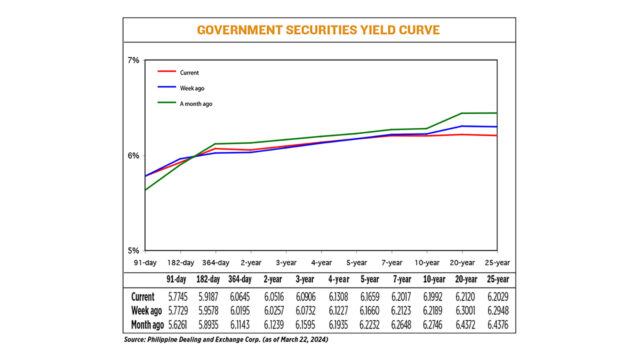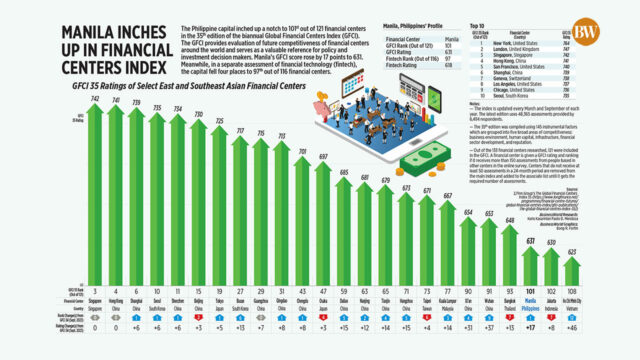Strategies to empower women professionals in your organization
Recent shifts in corporate boards is seen, with more women stepping into important positions. According to a recent survey conducted by multinational technology company IBM, representation of women in leadership roles has significantly increased in 2023. Notably, the number of female CEOs jumped from 31% in 2019 to 54% in 2023. This progress shows the talent and abilities that women leaders are bringing at the forefront of businesses.
Despite the rise of women in the business world, there remains a significant gap of equality in the workplace, especially underrepresentation in higher corporate positions. Data from global management consulting firm McKinsey & Company revealed that manager positions are dominated by men by 60%, leaving women with only 40%. As women climb the corporate ladder, only one in four executives are women, and only one in 25 are women of color.
To close the gender gap and foster more inclusive workplaces, companies are called to go beyond increasing the number of women in the workplace. They must also take advantage of cultural and organizational shifts to make a significant impact on gender inequality in the workforce.
Take a closer look into effective strategies that will empower women to drive change in the workforce:
Diversifying the talent search process
Addressing gender inequality in the workplace starts with the recruitment process. It is important to create job descriptions that are accurate, inclusive, and highlights skills and qualifications instead of using gender-specific language.
For interviews, make sure that they are conducted fairly and without bias. Also, industry conferences and events can serve as valuable platforms to identify diverse individuals who are interested in board positions.
“By fostering an inclusive recruitment approach, organizations can attract and select the best-suited candidates, including more talented women, to contribute to the growing success of a company,” an article published by executive search firm Anthony Gregg Partnership (AGP) read.
Expanding networks
Establishing networks is important. Connect with female board directors in your network through conferences, industry events, and seminars that advocate for diversity and women in leadership positions. Also, implement mentorship programs to connect with experienced female leaders as potential candidates for board positions.
Connecting with female directors opens new avenues for talent and creates a more diverse and inclusive boardroom, AGP shared. This dynamic improves decision-making and brings fresh perspectives that fuel innovation, paving the way for the success of companies.
Moreover, an article by crowd-sourced resource directory Inclusion Hub shared that networking opportunities “provide professionals with tangible career resources, and access to a community of ‘like-minded, strong women’ that empower each other’s success.”
Investing in training programs
By implementing training programs, as well as leadership development programs and mentorship opportunities for women, companies can form a diverse board member pool, preparing capable individuals from different backgrounds.
For the Institute for Management Development (IMD), these programs cover workplace etiquette and diversity training to help companies address and prevent bias or prejudices. Additionally, such programs will provide essential skills, risk management strategies, knowledge, and experience needed to succeed in corporate boards.
Similarly, AGP highlights that having a strong pool of candidates is essential to enhance women representation on boardrooms. By actively maintaining a pool of female candidates, companies have a steady stream of talent to choose from. This will attract more female leaders who can bring expertise and perspectives to the boardroom.
Mentorship opportunities
Leaders have the power to mentor and sponsor female employees, opening growth opportunities and paving the way for women in leadership roles. It is equally important for leaders to actively acknowledge and reward the achievements of female employees to create a more positive and inclusive workplace.
Coaching and mentoring are one way to boost women representation in the workforce. For instance, coaching programs that are designed to prioritize leadership and development skills, strategic thinking, and decision-making abilities for women in the workforce.
Also, mentorship programs that equip women with skills, confidence, and connections to thrive in leadership positions will help in cultivating a culture that advocates and support women as they climb on corporate ladder.
“Mentorship and training programs offer excellent opportunities for women with great potential to upskill and become top performers in the workplace. A supportive mentor can play a pivotal role in helping women thrive and build successful careers,” online learning provider Emeritus wrote on its website.
Wielding the power of partnerships
Making smart choices in partnership is another key to promoting diversity. By using their power to influence positive change, businesses can embark on partnerships that are making the way for more diverse boards.
“Corporations have the power to use their voice to advocate for positive change. When celebrities and politicians endorse diversity, it draws attention to the issue and catalyzes progress. This will be crucial, as maintaining and furthering diversity on corporate boards is not only a matter of ethical responsibility but also a smart business decision,” the IMD explained.
Promotion and employee benefits
It is also important to support the growth of talented women within organizations. Providing equal opportunities through promotions and employee benefits is one way to do it.
By implementing fair and transparent compensation and promotion policies for women, companies are creating opportunities for their career growth. This approach not only fosters equality in the workplace but also helps companies attract and retain top talents.
Inclusion Hub stressed that implementing transparent pay policies is a step forward in addressing the wage gap, as it fosters trust, motivates employees, and showcases the company’s strong commitment to gender equality.
“To address this inequality, it is crucial to prioritize equity and transparency in salary compensation. Furthermore, by implementing fair pay practices, you retain top women employees and foster an environment that leads the way for more women to ascend to leadership positions,” Emeritus also shared.
Moreover, increasing employee benefits for women (e.g., improved access to childcare and flexible work arrangements) is another effective step to empower women in the workplace.
“To encourage greater transparency, recruiters should highlight salary ranges in job descriptions and conduct regular pay equity assessments, auditing how employees’ earnings compare to industry standards for age, gender identity, seniority, and other criteria,” Inclusion Hub said.
Gender diversity is becoming a more significant key to thriving in today’s business landscape. To ensure strong representation of women in the workforce, companies need to adopt inclusive recruitment strategies, nurturing talent pipelines, and providing training and mentorship opportunities.
To build an inclusive company culture, companies must cultivate a culture that makes employees feel valued and accepted. This will also improve employee experience, and drive innovation.
“Women in leadership positions can bring diverse perspectives, innovative ideas, and problem-solving approaches to the table. Diversity in leadership positions can lead to more effective decision-making, increased creativity and innovation, greater understanding, and overall improved company performance,” Emeritus said.
“Additionally, organizations that promote gender diversity in leadership are seen as progressive and socially responsible. Such positive branding attracts customers, investors, and partners who align with these values,” it added. — Angela Kiara S. Brillantes






























